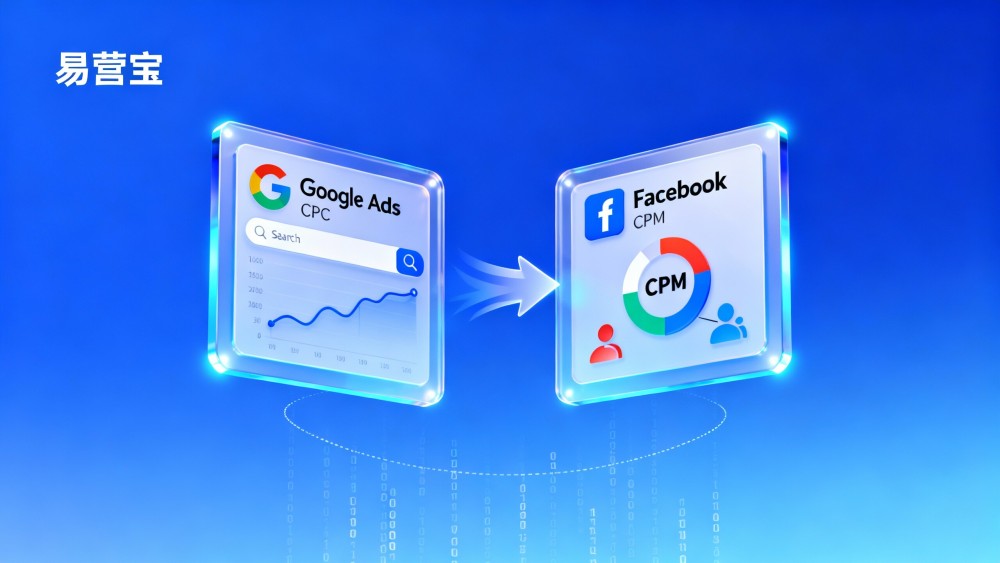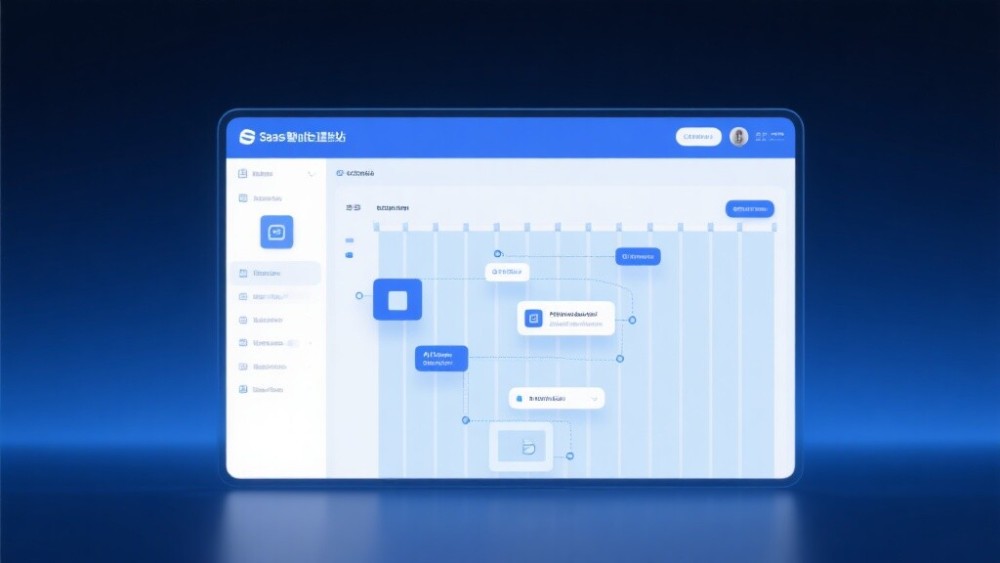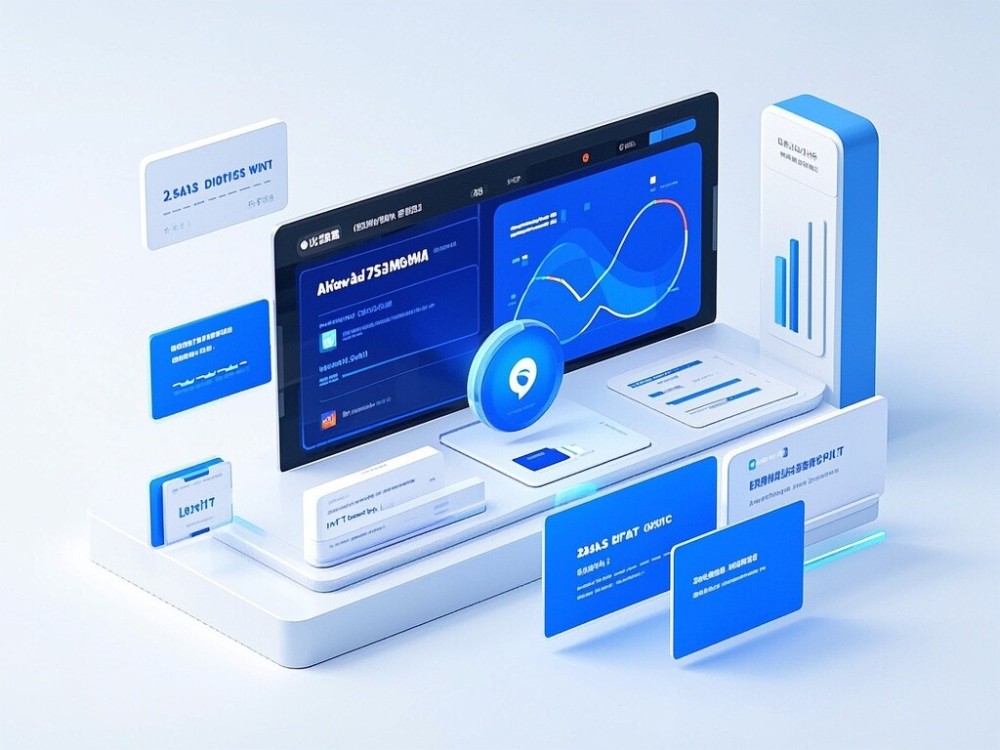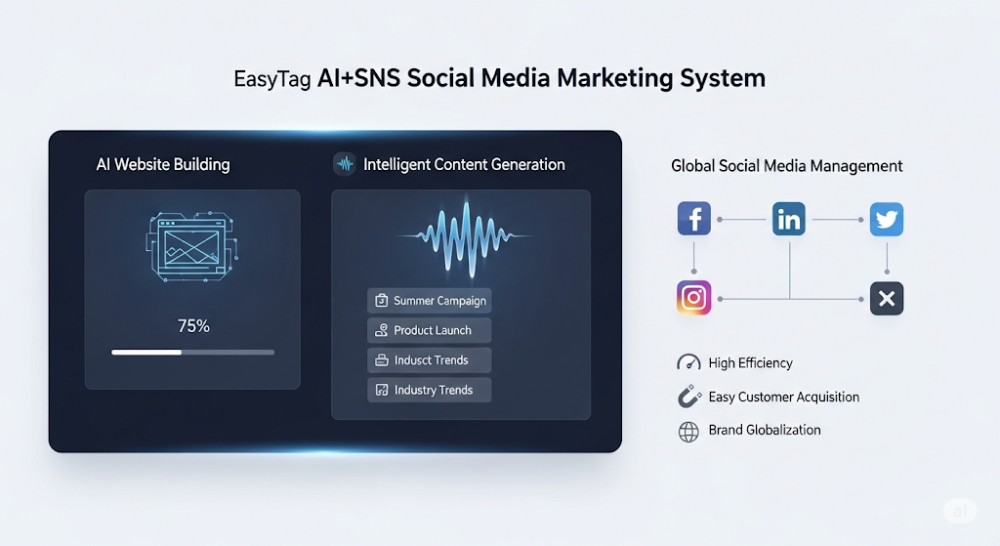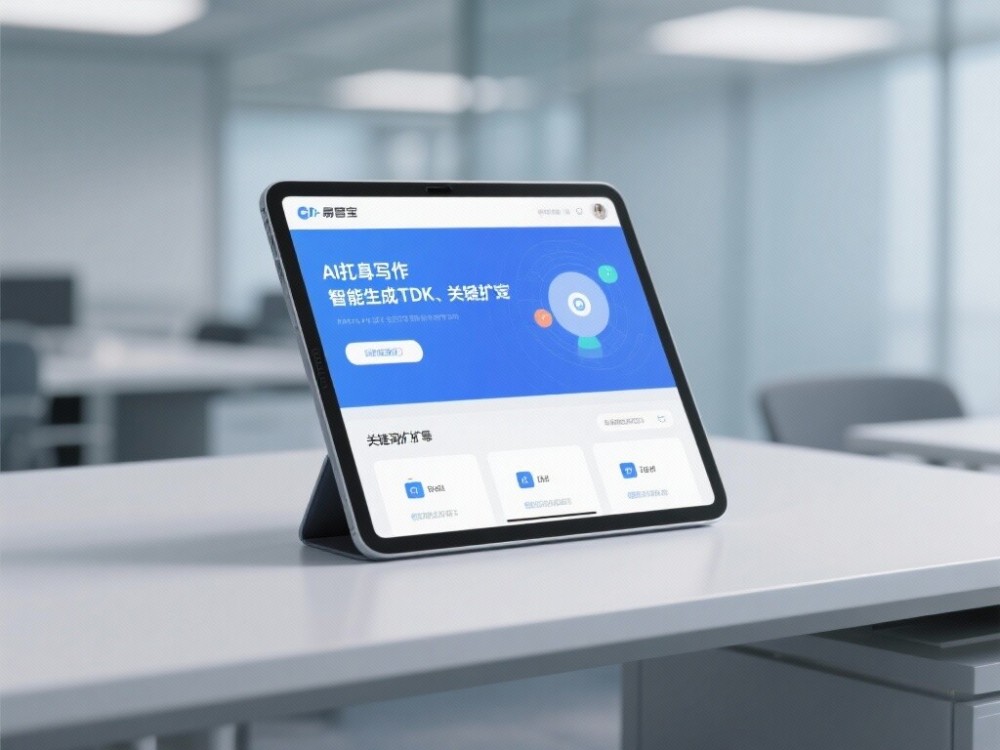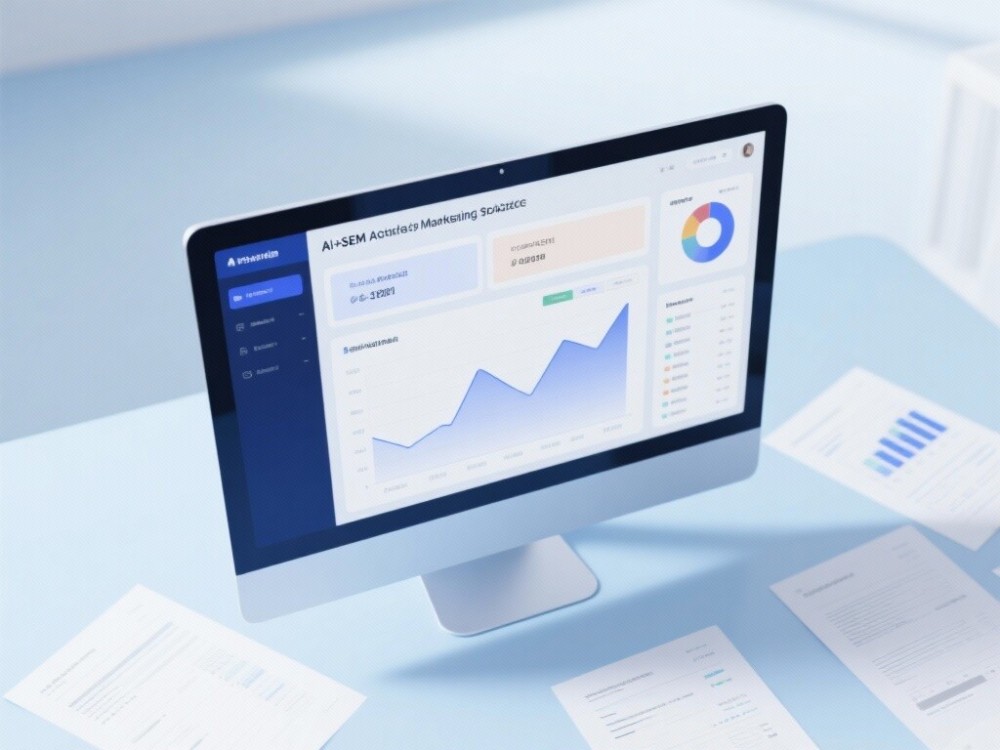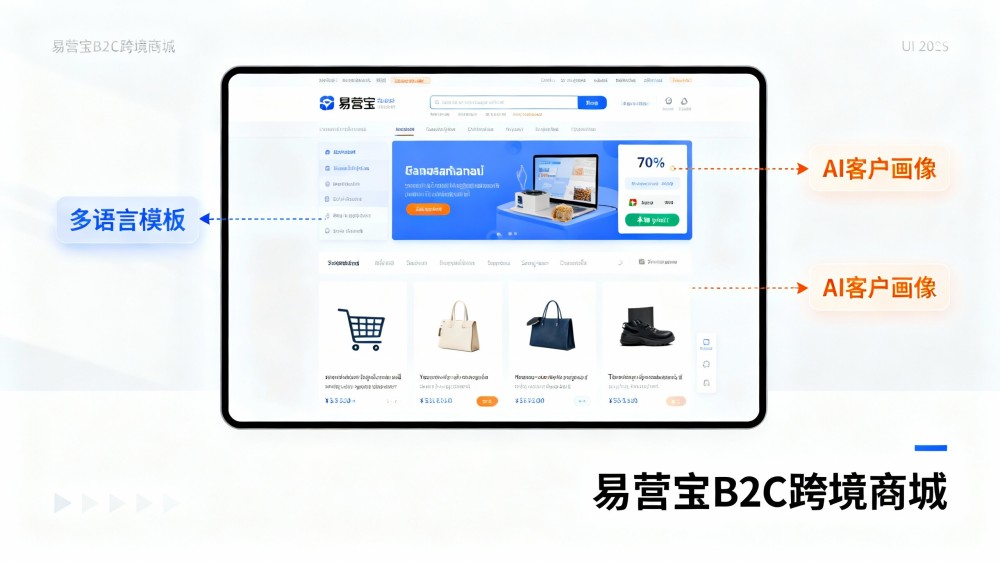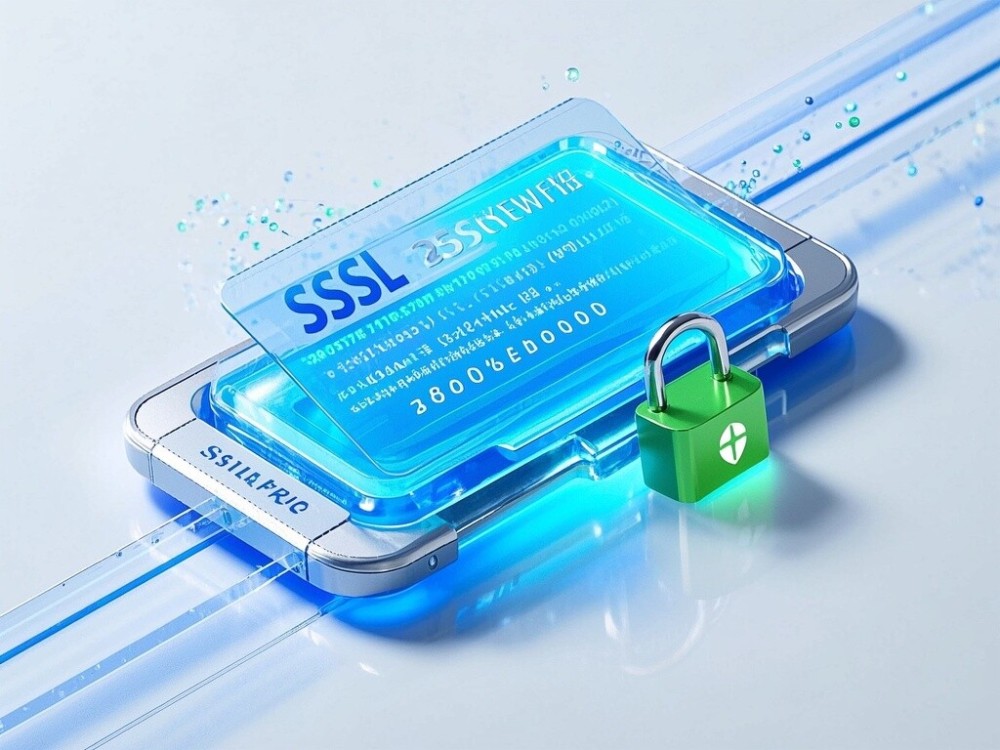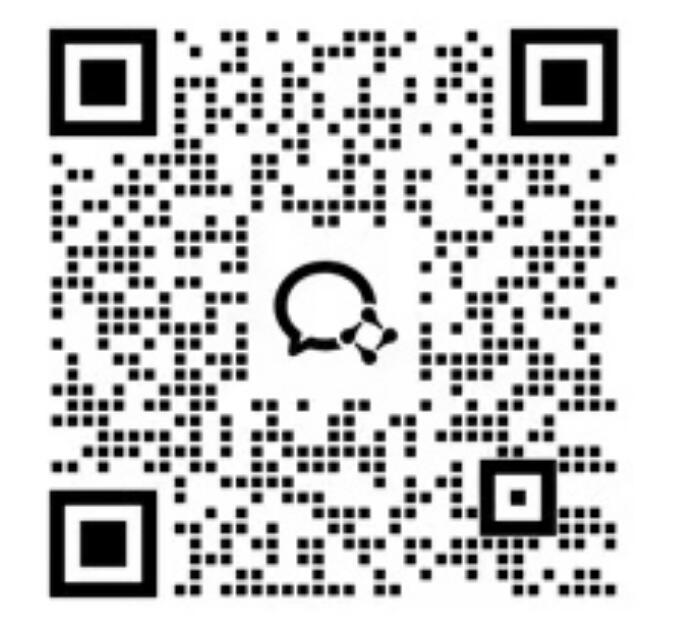- 2024年Google Ads与Facebook广告投放成本大对比:B2B企业如何选择更划算?2026-01-09View details
- SEO+SEM整合营销实战案例:某B2B企业如何实现流量翻倍2026-01-09View details
- Yandex推广与Google Ads对比:俄罗斯市场投放该选哪个?2026-01-09View details
- Why do companies need multilingual websites? Cost and Return Modeling from a Decision Maker's Perspective2026-01-08View details
- Why do companies need multilingual websites? Cost and Return Modeling from a Decision Maker's Perspective2026-01-08View details
- IDC SaaS Platform User Satisfaction Report Interpretation: Yiyingbao's Position in the Industry and Direction of Improvement2026-01-08View details
- IDC SaaS Platform User Satisfaction Report Interpretation: Yiyingbao's Position in the Industry and Direction of Improvement2026-01-08View details
- 2024 eBay Price Adjustment Notice: Free Upgrades for Several Features2026-01-07View details
Beware! These pages contain a lot of malicious content
In today's digital age, network security has become an important issue that everyone must pay attention to. With the continuous development of network technology, malicious content has also shown a trend of diversification and concealment. These malicious contents may include phishing websites, malware, fraudulent information, etc. They are often disguised as normal web pages or links to induce users to click or download, and then steal personal information, damage system security or spread viruses. Therefore, it is crucial to raise awareness and prevent awareness of malicious content.
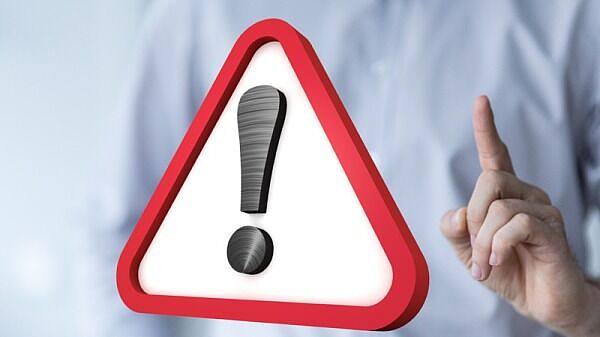
1. Understand the harm of malicious content.
Malicious content usually includes malware, phishing websites, fraudulent information, etc., which can pose a serious threat to personal privacy and corporate interests. Malware can steal personal information, such as account passwords, credit card information, etc.; phishing websites can trick users into clicking on them, steal personal information or conduct financial fraud; fraudulent information can defraud users of their property through false information. Therefore, understanding the harm of malicious content is the first step to prevent malicious content.
2. Common types of malicious content and how to identify them
Malicious content usually includes malware ads, phishing website links, fraudulent content, malicious comments and false information, malicious pop-ups and ads, etc. These contents often induce users to click or download, steal personal information or conduct financial fraud.
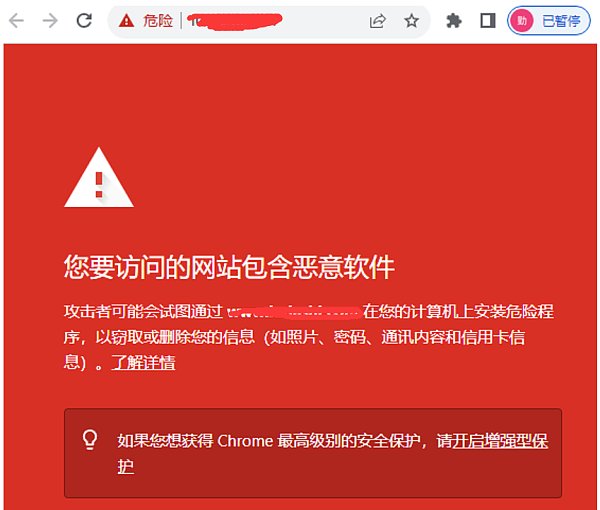
So, how do you identify these malicious contents? Here are some practical tips:
Check the URL and domain name: The URL of a legitimate website usually starts with "http://" or "https://", and the domain name is also relatively standardized. If the URL contains strange characters or ends with ".exe" or ".com.cn", you need to be particularly vigilant. Use a reliable browser or third-party tool to verify whether the domain name is registered.
Beware of unusual pop-ups and ads: Some malicious content may appear in the form of pop-ups or ads to trick users into clicking or downloading. If you encounter a pop-up or ad that is irrelevant to the current page content, close it immediately.
Check the page content: If the page contains a large amount of content that is not related to the topic, or has abnormalities such as a messy page layout and inconsistent font sizes, this may be a sign of malicious content insertion. You should be alert to whether the page contains malicious content.
Identify misleading behavior: If the page contains behaviors that induce users to click or download, such as words such as "download now" or "free gift", you need to pay special attention and avoid unknown links and attachments, especially email attachments from unknown sources.
Use security software or browser plug-ins : Install anti-virus software, firewall and other security software, and perform full scans regularly. These tools can help detect and block malicious content.
III. Measures to prevent malicious content
In order to protect personal privacy and corporate interests, we need to take a series of preventive measures to deal with malicious content. Here are some practical suggestions:
Improve safety awareness: Do not click on unknown links or download unknown attachments easily, and carefully identify suspicious information. At the same time, do not trust information from strangers and be wary of online fraud.
Use reliable security software : Choose anti-virus software, firewall and other security software from well-known brands, and update virus databases and operating system patches in a timely manner to improve computer security protection capabilities.
Back up important data regularly : Backing up important data can effectively prevent data from being stolen or damaged. At the same time, if the data is found to be stolen or damaged, it can be restored in time to reduce losses.
Pay attention to personal information protection : Do not disclose personal sensitive information at will, such as ID number, bank card number, etc. At the same time, regularly check whether there are any abnormalities in personal information, and discover and deal with them in time.
Jointly maintain network security : Strengthen network security education and raise the level of attention paid to network security by individuals and enterprises. At the same time, strengthen the construction of laws and regulations, crack down on cybercrime, and jointly maintain a good network environment.
Cybersecurity is everyone's responsibility and obligation. By understanding the dangers of malicious content, identification techniques and preventive measures, we can better protect personal privacy and corporate interests in our daily lives. In addition, protecting website security is essential for SEO. By raising security awareness, using security software, regularly backing up data and carefully handling personal information, we can effectively prevent the infringement of malicious content and ensure the stability and optimization of the website. In the digital age, maintaining website security is an ongoing task. We should remain vigilant and take necessary measures to protect the security of our website and user data. By ensuring website security, we can provide users with a better experience and promote the results of search engine optimization (SEO), thereby achieving better website performance and ranking.
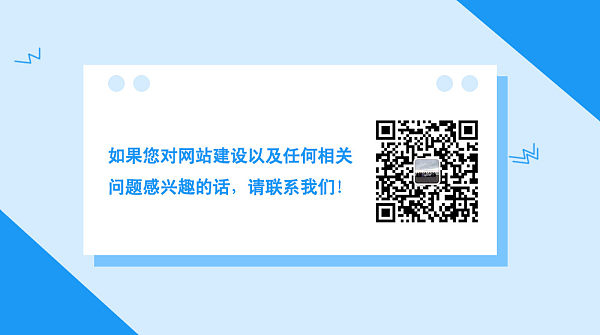
The picture resources are from the Internet. If there is any infringement, please contact 400-655-2477.
Related Articles
Related Products


